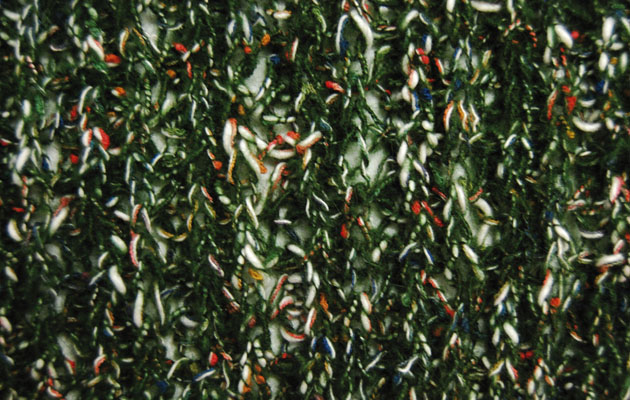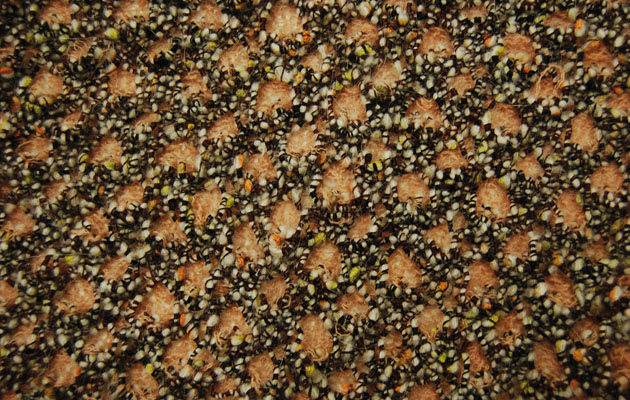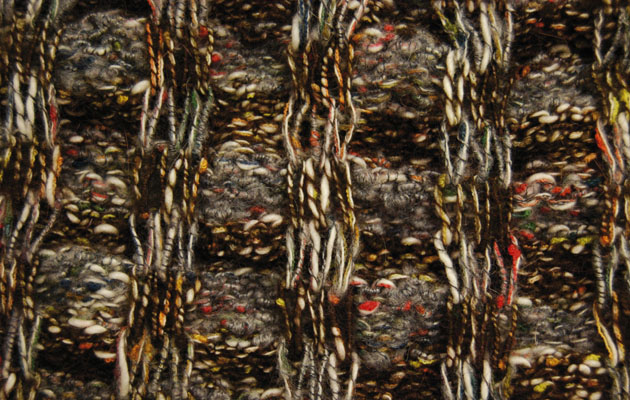Trends from Pitti Filati 71
By being a fair of the manufacturing and production side of fashion, also Pitti Filati is a season ahead with the collections. Even though the silhouettes aren’t yet in the making, the colour tendencies, materials and inspiration can be spotted already here, where the certain few trends are more obvious than others. After seeing a number of collections and having a chat with Franca Biagioli from the yarn atelier Filati Biagioli Modesto, The Blogazine was able to gather together a humble trend map for our beloved readers.

Cashmere being the premier material to count on for Fall/Winter 2013-14 is no surprise. In its pure form or blended with other yarns, it is the one material to look for in the high-end collections. “Cashmere is for sure our number one yarn. Besides the 100%, we do many many blends, creating different effects,” Franca Biagioli told The Blogazine.
The collection and the many books on display with materials and colours of Biagioli presented natural nuances ranging from the regular beige, greys and browns into warmer and more rustic shades on the deep brown or rust side of the colour scale. “For this season we have also created a material that is certified to be all natural, in both colours and the making. Only few brands will use it for the full collection, but more often certainly for a part of it,” Biagioli responded to the question about eco trends and natural processes.
The company Filpucci has created Ninetyfive, a cashmere yarn produced by re-using production waste. “Regenerating has always been the mission of this district, and now we can give new life to used elements which would otherwise be destined to die away,” the company says about the new yarn.

Besides the naturality, both Biagioli and Filpucci, together with the company Millefili, presented a more playful and theatrical side – multi-coloured blends and a wide range of vivid colours stretching all the way to fluorescent neon. A big part of the collections also consisted of work with contrasts between the matte and the luminous, mixing yarns that complement each other, and at a certain point are almost given the effect of a precious bijou.
Other than the natural versus the vivid, the collections at Pitti Filati showed airy yarnwork, where even the heaviest piece was still light and a constant play between the craftsmanship and new techniques. Every collection had also the basic pieces, such as the tweed, that has never left the building. “Every season you think that ‘OK, this time they are not going for the tweed’, but in the end we always sell a lot of it,” Franca Biagioli concluded.


